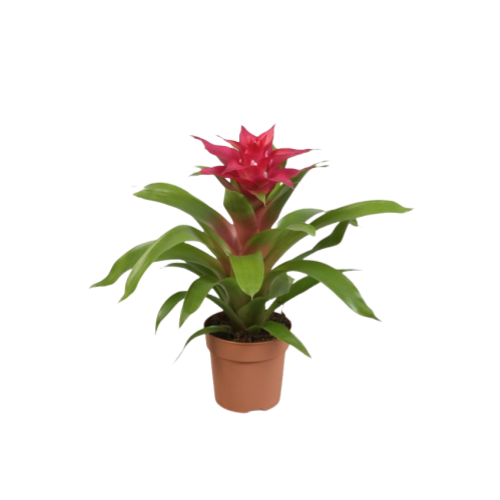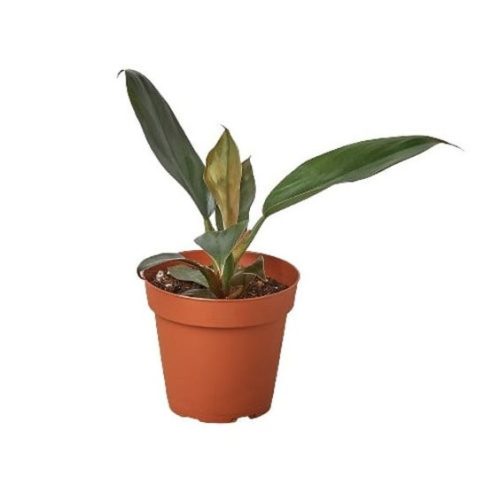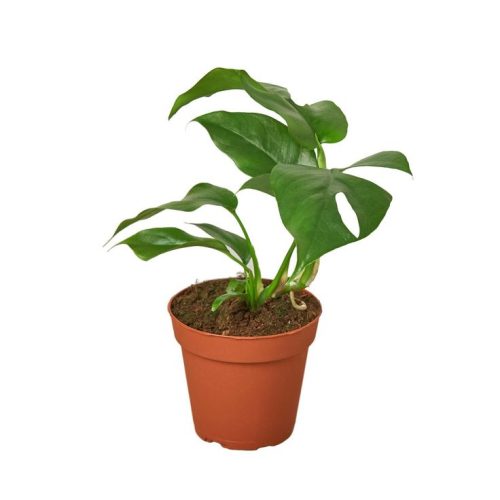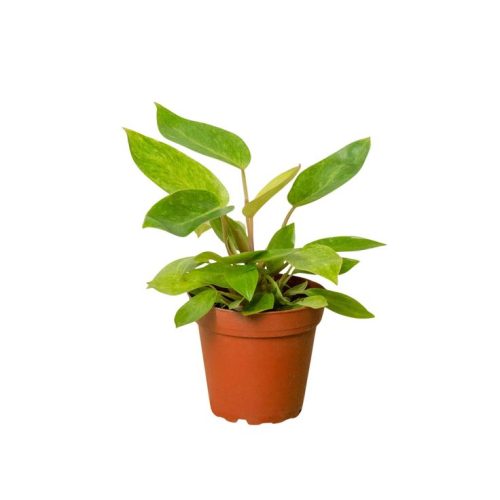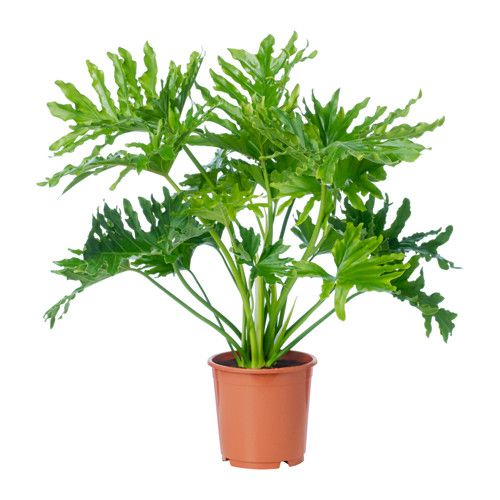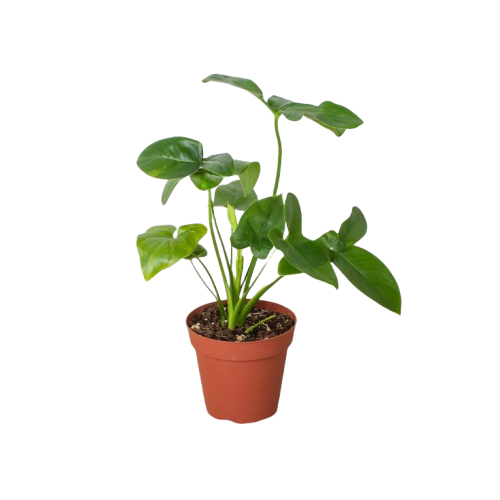Phirfundron Prince of lalanje
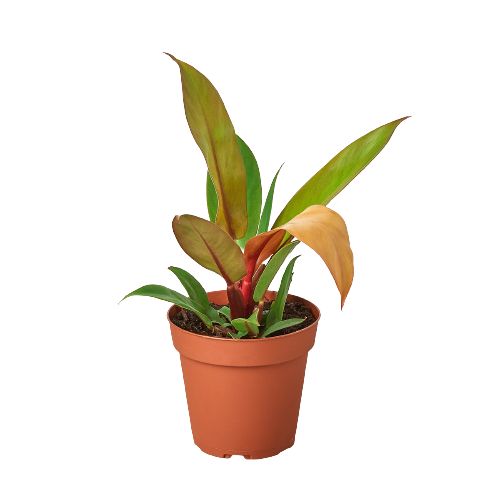
- Bontanical Name: Philodendron erubescens 'Prince of Orange'
- Family Name: Alaralae
- Zimayambira: 24-35 inches
- Kutentha: 15°C-29°C
- Other: indirect light and a warm, humid environment.
Kulemeletsa
Mafotokozedwe Akatundu
Ulendo wokongola wa Phokoso la Phokoso la Lalanti
Masamba a Phirfundron Prince of lalanje are like paints on an artist’s palette, starting out as a vibrant orange and gradually transitioning to bronze, then orange-red, until they finally settle into a deep green. This process not only showcases the fascinating changes in plant growth but also gives each Philodendron Princess of Orange a unique appearance. At any given time, you can see the gradient of colors on the same plant, from the warm orange to the calm green, adding a dynamic beauty and vitality to indoor decoration. Imagine the early morning sunlight filtering through the leaves, sprinkling into every corner of the room, with those colorful leaves seemingly telling you the story of their growth.
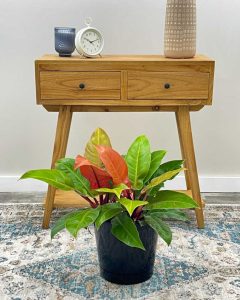
Phirfundron Prince of lalanje
Moyo wabwino wa Phomphon Prince of lalanje
Pulogalamu ya Phillandron ya lalanje imakuwala bwino kwambiri. Mitundu yake yabwino yophukira ili pakati pa 65 ° F ndi 85 ° C (pafupifupi 18 ° C), momwe masamba ake amasinthira kuchokera ku zobiriwira zobiriwira kwambiri. Zimakonda chinyezi chambiri, chomwe chingachitike pogwiritsa ntchito chinyezi kapena kulakwitsa pafupipafupi, ndikuyang'ana zachilengedwe zamvula zotentha. Sikuti zinthu ngati izi sizingothandiza kusunga sisinga ya siginecha komanso kulimbikitsa bwino.
Kuthirira Ndi Nzeru
To keep your Philodendron ‘Prince of Orange’ thriving, adhere to the age-old principle of “when it’s dry, give it a drink.” This means maintaining the soil in a state of slight moisture without letting it become waterlogged. Overwatering can lead to root rot, while underwatering can cause the leaves to wilt. The goal is to strike a balance, ensuring that the plant’s needs are met without drowning its roots. Check the top inch of the soil regularly; if it feels dry to the touch, it’s time to give your plant a good soak until water drains out of the pot’s bottom. This approach not only keeps your plant happy but also encourages healthy root development.
Feteleza pakukula
Feeding your Philodendron Prince of Orange during its active growing season is essential for promoting lush foliage and vibrant colors. During the spring and summer months, offer your plant a light meal by applying a diluted liquid fertilizer once a month. This nourishment provides the necessary nutrients for growth and enhances the plant’s overall health. As the plant slows down its growth during the autumn and winter, it requires less fertilization. Cutting back on feeding during these dormant periods prevents excessive nutrient buildup in the soil, which can be detrimental to your plant’s health. Remember, a well-fed ‘Prince of Orange’ is a splendid sight to behold, so tend to its dietary needs with care.
Paradiso wam'malondo wam'malondo wa Kalonga wa lalanje
Pulogalamu ya Phokoso la lalanje ndi chomera chochititsa chidwi chamkati, choyamikiridwa chifukwa cha chizolowezi chosatha komanso mawonekedwe ang'onoang'ono. Zomera zokhwima nthawi zambiri zimafika kutalika kwa mainchesi 24 mpaka 35 (pafupifupi 60 mpaka 90), ndi masamba omwe saimeni kuchokera pakati ndikuwonetsa pang'onopang'ono mitundu yosiyanasiyana ya lalanje kuti ikhale yobiriwira kwambiri.
Chomera ichi chimakula bwino kwambiri, chosawoneka bwino, kupewa dzuwa mwachindunji kuti lisakhale ndi nzeru zowoneka bwino komanso kupewa tsamba. Mitundu yake yabwino yophukira ili pakati pa 65 ° F ndi 85 ° C (pafupifupi 18 ° C mpaka 29
Philodendron ‘Prince of Orange’ also enjoys higher humidity levels, which can be achieved through the use of a humidifier or regular misting, mimicking its native tropical rainforest environment. Such conditions help maintain the vibrancy and health of its leaves.
Kalonga wa lalanje: kuwunikira malo anu osokoneza bongo
Philodendron ‘Prince of Orange’ is not only perfect for placing on desks, shelves, or small corners that need a splash of color, but it is also an excellent choice for indoor decoration, effortlessly adding a touch of tropical flair. Its shade-tolerant nature makes it an ideal candidate for indoor environments with less light, whether it’s a dimly lit study corner or an office lacking in natural sunlight, it can become a focal point that captures attention. With its richly colored leaves, ranging from vibrant orange to mature deep green, it brings vitality and energy to any space, as if it were a mini tropical rainforest in your home.





